Customs Law 2014: A journey of more than 8 years into life - Lesson 2: Impressions of electronic customs procedures
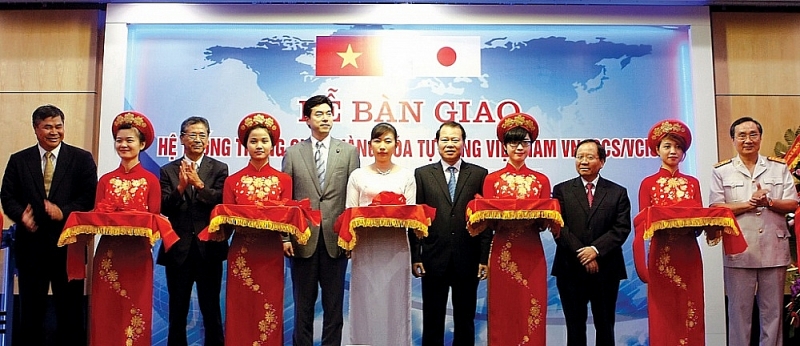 |
| Handover ceremony of VNACCS/VCIS automatic customs clearance system sponsored by Japanese Government (April 25, 2014). Photo: Documents |
Breakthrough in IT applications
As one of the leading agencies in international integration, the Customs sector is always proactive and drastic in promoting IT application in professional activities. Since the late 20th century, based on the current situation and management resources, the Customs sector determined that customs reform and modernization must be based on modern customs management methods in the direction of compliance with standards, international practices and commitments, and strong application of IT.
This comes from the breakthrough mindset of the Government leaders, the Ministry of Finance, especially the collective leaders, Customs officers, and civil servants over time to build a modern and professional Vietnam Customs, operating effectively and efficiently based on a deep and broad IT application platform in all professional and operational fields.
Remember in 2005, when the Law amending and Supplementing the Customs Law (2001) was passed by the National Assembly and put into effect, the Customs sector implemented a pilot application of electronic customs procedures. Thereby, creating a fundamental shift from manual to electronic customs declaration. The achievement is that customs declarations are electronic and have the same value as paper declarations; Customs declaration time is unlimited, and customs declaration is done 24 hours a day and 7 days a week. Authenticate the legal value of customs declaration documents: through using the Customs System access account or digital signature.
After success in the pilot application process, in 2014, the Customs sector deployed electronic customs replication nationwide. Gradually increase the level of automation of the customs system, implementing 4 stages including: receiving, checking, issuing numbers, and classifying declarations, instead of only automating 1 receiving stage at the pilot stage. Along with that, applying risk management to managing import and export activities has brought many benefits. The issuance of goods classification results (Green, Yellow, Red) is done entirely through the system, the results of the system are the final results, basically independent of the subjectivity of competent officials.
Since the foundation of data centralization was laid through the VNACCS/VCIS System, the story of IT integration to reform and simplify administrative procedures, reduce customs clearance time and improve management effectiveness and efficiency has begun. State management on customs continues to move continuously. One of the breakthrough IT applications is the implementation of the VNACCS/VCIS Automatic Customs Clearance System funded by the Japanese Government from April 1, 2014.
That is the application of barcodes in customs supervision; Coordinating tax collection and payment with commercial banks via 24/7 electronic methods; implementing e-manifets, etc, and most recently (August 2017) application of the Automated Customs Management System. This shows that the goal of continuing to promote IT application and integrating systems together in the spirit of the 4.0 Industrial Revolution in the Customs industry is being implemented drastically and effectively.
The automatic customs management system at seaports (officially deployed in Hai Phong on December 1, 2017, with the name VASSCM) is considered the biggest breakthrough in IT applications of the Customs industry after implementing VNACCS/VCIS. With the VASSCM System, Customs authorities automatically connect with the National Single Window (NSW) to effectively exploit and use e-Manifets information sources; The VNACCS/VCIS, E-Customs (V5) system serves the inspection and supervision of stable and systematic operations, covering and supporting most key areas of customs management.
In the context of the 4.0 Industrial Revolution, Vietnam Customs is promoting research and application of Internet of Things (IoT) technologies, big data analysis, and artificial intelligence (AI), connection chain (Blockchain) in state management of customs. The goal is to achieve a paperless electronic customs environment, implemented "anywhere - anytime - any means" on the Digital Customs platform, Smart Customs model. At the same time, promotes equipping and improves the efficiency of using modern technological equipment in inspection and supervision in key areas.
With many efforts in the reform and modernization process, the Customs sector has been evaluated by the Government, ministries, branches and business community as the leading agency among ministries and central branches in implementing IT applications, meeting management requirements and facilitating import and export activities.
Practical benefits from electronic and automatic systems
Up to now, the success of the VNACCS/VCIS System has not only helped Vietnam modernize the Customs sector but also contributed to helping Vietnam successfully implement the ASEAN Single Window, moving faster in the process of international economic integration.
The VNACCS/VCIS system has brought many great benefits to the business community, especially facilitating declaration and customs clearance of goods, thereby helping to reduce time and costs for businesses.
The breakthrough of VNACCS/VCIS that is mentioned most often is helping Vietnam Customs complete the goal of building a centralized IT system. Before 2014, the IT system was concentrated at the focal points of local customs departments, making the management and deployment of IT applications in a unified manner throughout the sector encounter many difficulties, then now, the Customs sector has covered VNACCS/VCIS at 100% of customs Sub-department nationwide; 99.99% of businesses, 99.99% of declarations and 99.99% of import-export turnover have been implemented through the VNACCS/VCIS System. The successful implementation of VNACCS/VCIS is the foundation for the Customs sector to implement future modernization programs according to the development goals set by the Government and the Ministry of Finance.
According to Mr. Au Anh Tuan, Director of the Customs Control and Supervision Department (General Department of Customs), the VNACCS/VCIS system allows businesses to carry out customs and tax procedures 24/7, at all times, everywhere and towards paperless customs. The implementation of electronic customs procedures through VNACCS/VCIS has brought great efficiency, helping to improve state management capacity on customs; Applying advanced and modern customs management methods to the specific conditions of Vietnam, making an important contribution to modernizing customs management, tax collection and payment, and minimizing incorrect tax enforcement, reducing customs clearance time for businesses.
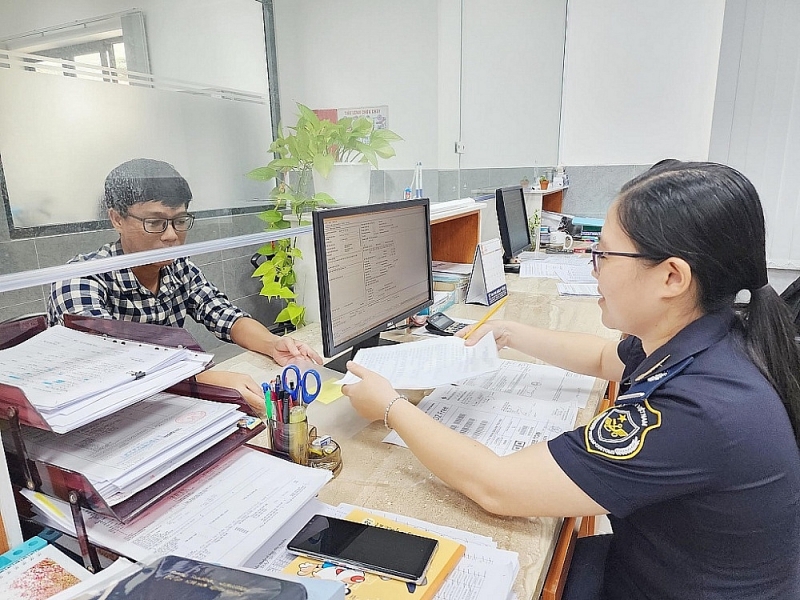 |
| Officials of Tay Do Customs Sub-department, Can Tho City Customs Department guide customs procedures for businesses. Photo: Dang Nguyen |
In charge of state management of customs and control of import and export activities at the largest seaport border gate in the North, Hai Phong Customs Department has always been a pioneer in reforming and modernizing the Customs sector. This is also the consulting unit that directly presides over the construction of many IT systems, automatically manages customs operations in the digital environment and simplifies procedures toward paperless customs.
Hai Phong Customs Department has promoted the implementation of customs clearance procedures for import and export goods through the VNACCS/VCIS system. Representative of Hai Phong Customs Department said that the comprehensive implementation of electronic customs procedures has created a breakthrough reform for import and export activities, the time for customs procedures has been shortened through receiving customs declaration information and responding to declaration channeling results within 1-3 seconds. Thereby helping to reduce documents and paperwork and simplify customs documents.
At Ho Chi Minh City Customs Department, the unit has taken many breakthrough steps to develop. In 2005, Ho Chi Minh City Customs Department was one of two units piloting electronic customs procedures, creating a turning point in the process and handling import-export procedures for businesses. In 2014, implementing the sector's policy, Ho Chi Minh City Customs Department was the pioneer in implementing VNACCS/VCIS, facilitating trade and import-export activities of the business community. These reforms received positive reviews from the business community and domestic and foreign organizations, bringing practical results, and reducing time, travel costs, and effort for businesses and people.
To create maximum convenience for businesses, Bac Ninh Customs Department has stably and safely operated the VNACCS/VCIS System; Deploying satellite IT systems to serve customs supervision and inspection activities, typically VASSCM through connecting and exchanging information with businesses operating ports, warehouses, yards, and locations subject to the customs supervision.
Lang Son Customs Department assesses that the implementation of all core customs procedures on VNACSS/VCIS and customs information systems at a very high level has met the professional requirements arising during the customs clearance process for import and export goods. In particular, the implementation of electronic customs systems has brought about clear effects and practical benefits for businesses and traders with import-export activities and the management of Customs authorities.
To prove this effectiveness, from 2015 to the end of 2022, Sub-departments directly under Lang Son Customs Department have implemented electronic customs procedures for 733,004 sets of declarations of 23,273 businesses registered to carry out procedures with import-export turnover that reached 26,651.2 million USD. Typically, in 2017, the unit received 129,133 sets of declarations from 3,666 registered enterprises with a turnover of nearly 5.1 billion USD.
Talking to reporters about the effectiveness that VNACSS/VCIS brings to the business community, Ms. Nguyen Thi Kim Oanh, representative of Hoang Vu Co., Ltd. said that electronic customs procedures not only shorten the time to carry out procedures for businesses and traders with import-export activities but also minimize paperwork in customs dossiers through the use of digital signatures, electronic documents, and electronic customs dossiers. In particular, the implementation of electronic customs procedures has saved a lot of time and costs for businesses, in which, the transparency feature in the process of implementing electronic customs procedures has brought trust to the business community.
In addition to VNACCS/VCIS, the VASSCM System is one of the important achievements in the digital transformation process towards automation in customs supervision and management processes. As of early 2022, across the country, nearly 86% (30/35) of customs departments with nearly 500 enterprises providing warehouse, yard, and port services have connected, received, and transmitted data electronically through the VASSCM system. VASSCM facilitates all three parties including Customs authorities, import-export businesses, and port and warehouse businesses. Specifically, the time for businesses to complete procedures at the port has been reduced to less than 1 minute, and the average time for goods to leave the port is less than 30 minutes. Thanks to that, the flow of goods through the port connected to the VASSCM system has increased by over 10% compared to it before the application. In addition, the VASSCM system operates 24/7, helping businesses no longer have to depend on the Customs office's working hours; From there, businesses can carry out procedures at ports and warehouses more proactively. With Customs authorities, and port and warehouse businesses, VASSCM has helped organizations improve management efficiency thanks to continuously and automatically exchanged information.
Digital transformation in Vietnam's Customs industry is an inevitable requirement, an important key to achieving the goal of building smart Customs; Thereby, facilitating international trade activities between Vietnam and partners around the world. Up to now, the Customs sector has built an information system that covers most key areas in customs management, helping to minimize administrative procedures, reduce customs clearance time, and reduce contact between declarants and customs officials that received high appreciation from the business community.
However, in reality, the increase in the import and export of goods in large volumes is making the IT system overloaded. Therefore, in the long term, the Customs agency is embarking on building a master plan to redesign the entire IT system to meet all customs state management operations.
(Lesson 3: Documents and procedures when implementing the Customs Law "scoring points" with the business community)
Related News
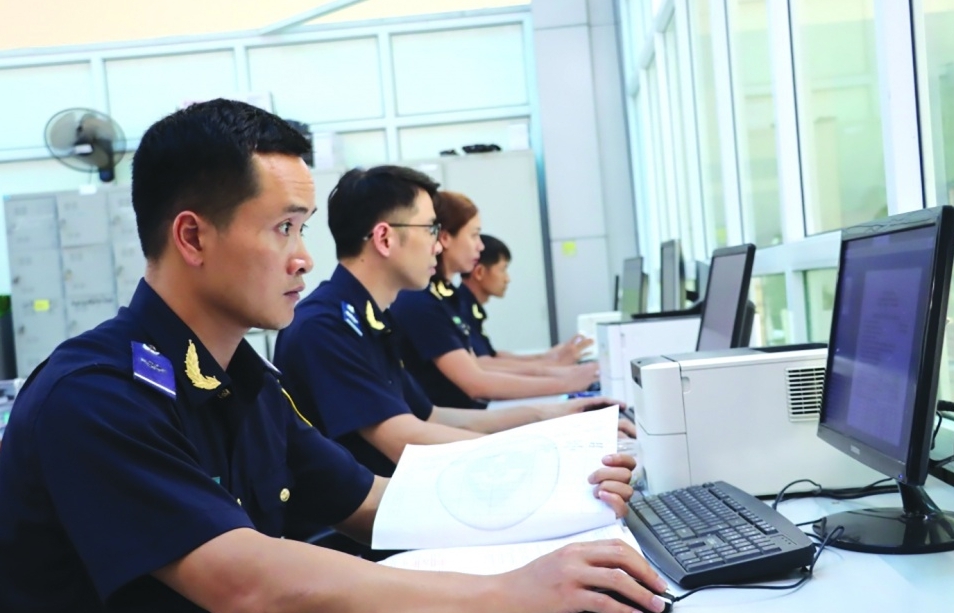
Customs modernization: From VNACCS to Digital Customs: Part 3: Part 3: Comprehensive digital transformation in customs field
15:30 | 31/12/2024 Customs
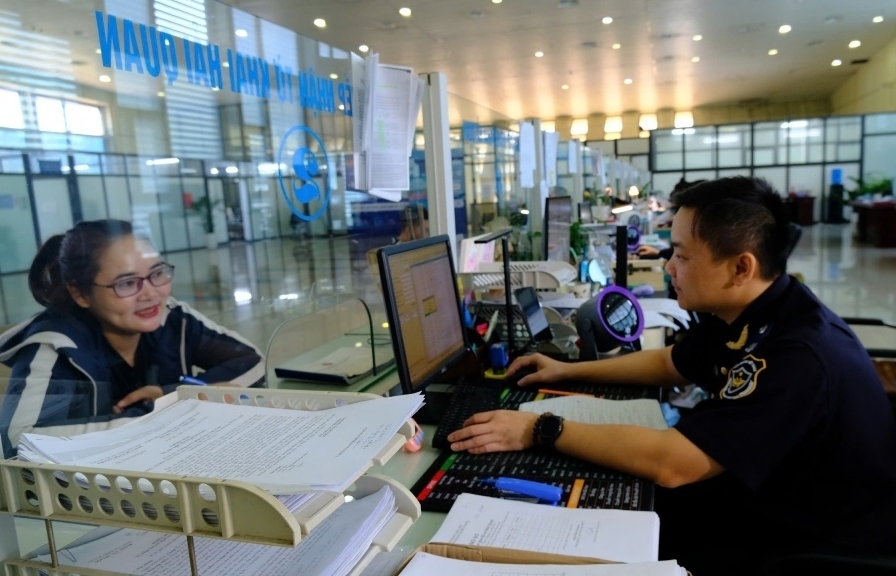
Official implementation of the program encouraging enterprises to voluntarily comply with Customs Laws
18:31 | 21/12/2024 Customs
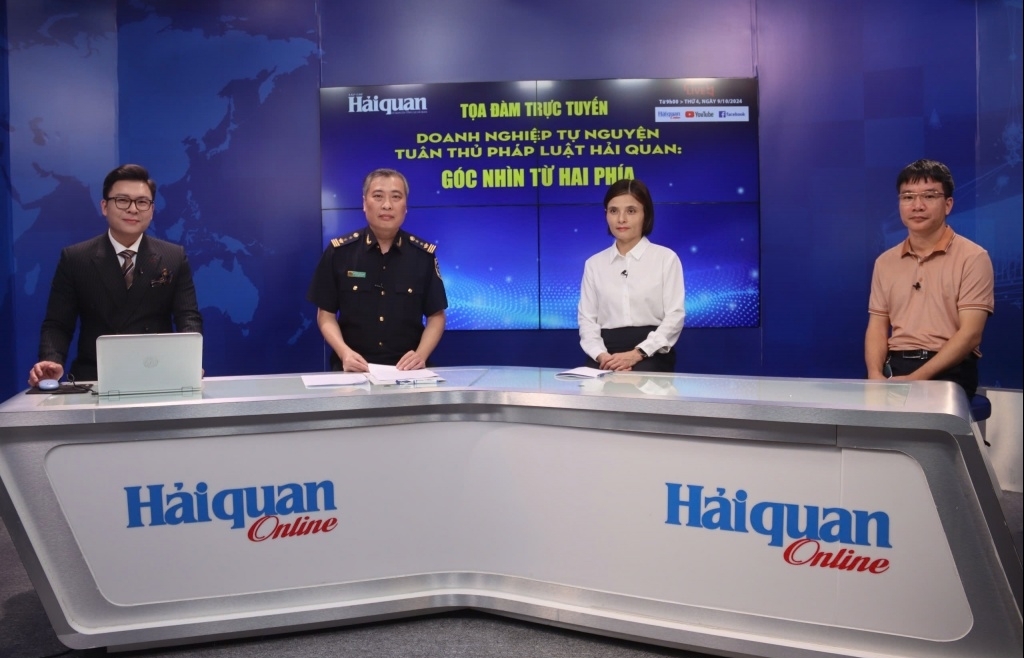
Businesses reduce costs by complying with customs laws
09:18 | 11/10/2024 Customs

Customs sector actively promotes law enforcement in response to Vietnam Law Day
14:03 | 10/09/2024 Customs
Latest News

Da Nang Customs Department supports enterprises in developing Customs-Business partnership
13:07 | 09/01/2025 Customs
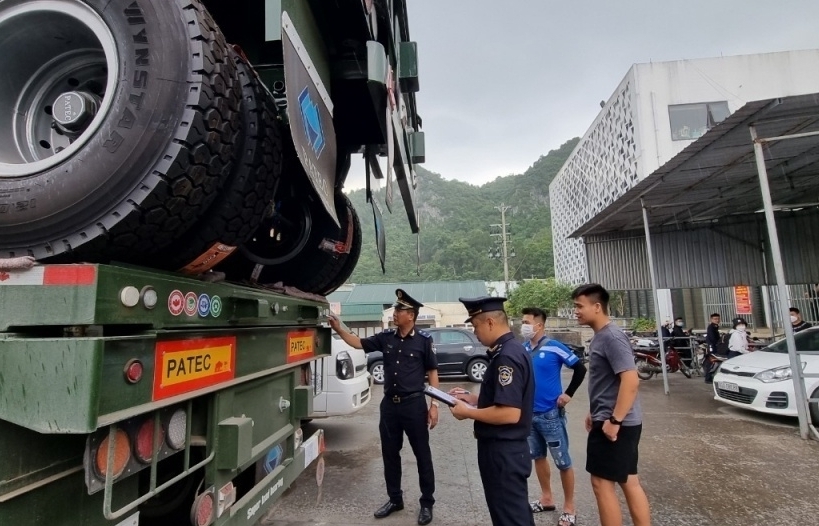
Lang Son Customs finds it difficult to collect and handle tax arrears
15:13 | 07/01/2025 Customs

Customs reduces VAT under Resolution No. 174/2024/QH15
14:53 | 06/01/2025 Customs
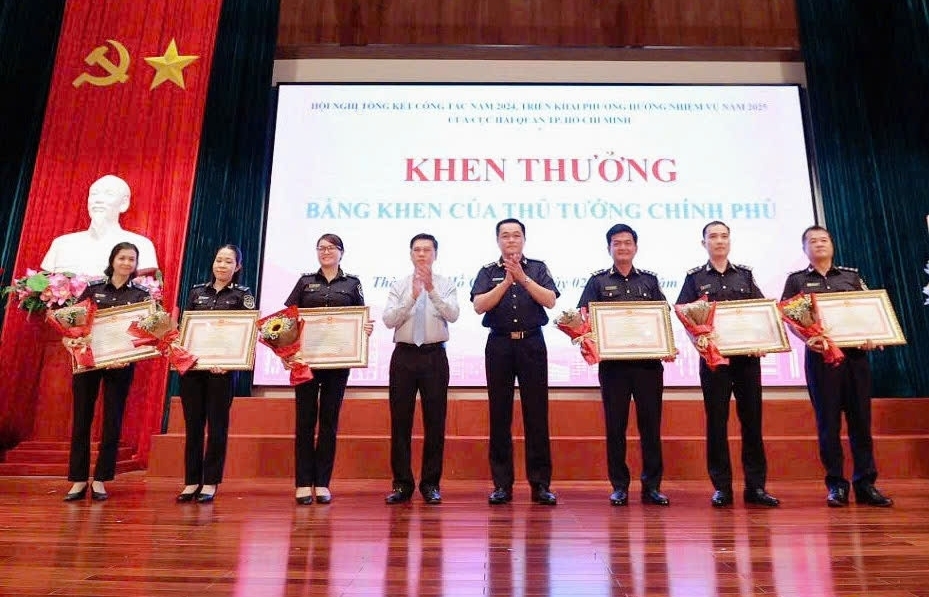
HCMC Customs: Outstanding performance across all operations
06:36 | 05/01/2025 Customs
More News
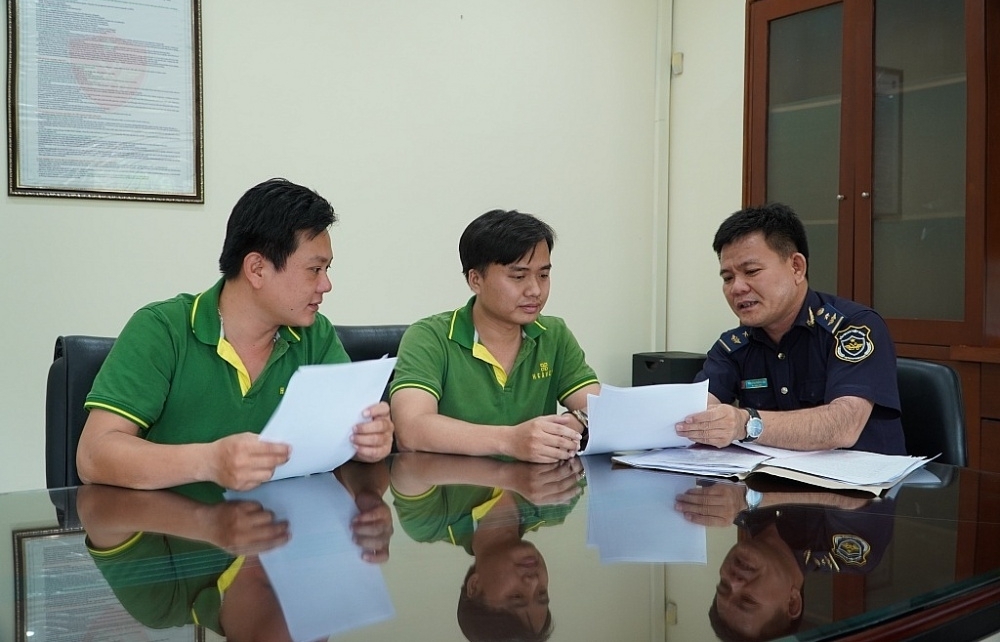
Tackling revenue challenges: Dong Nai Customs Department’s strategic plan for 2025
14:28 | 03/01/2025 Customs
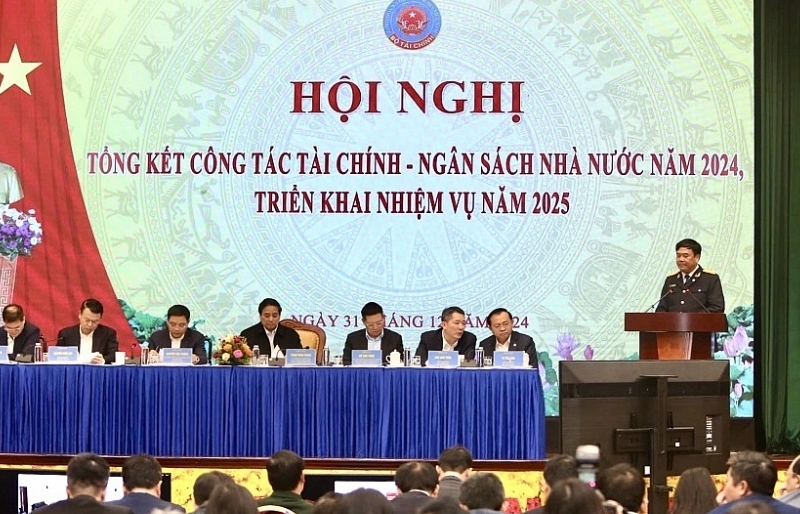
Director General Nguyen Van Tho: streamlining apparatus to meet the requirements of customs modernization
15:53 | 02/01/2025 Customs
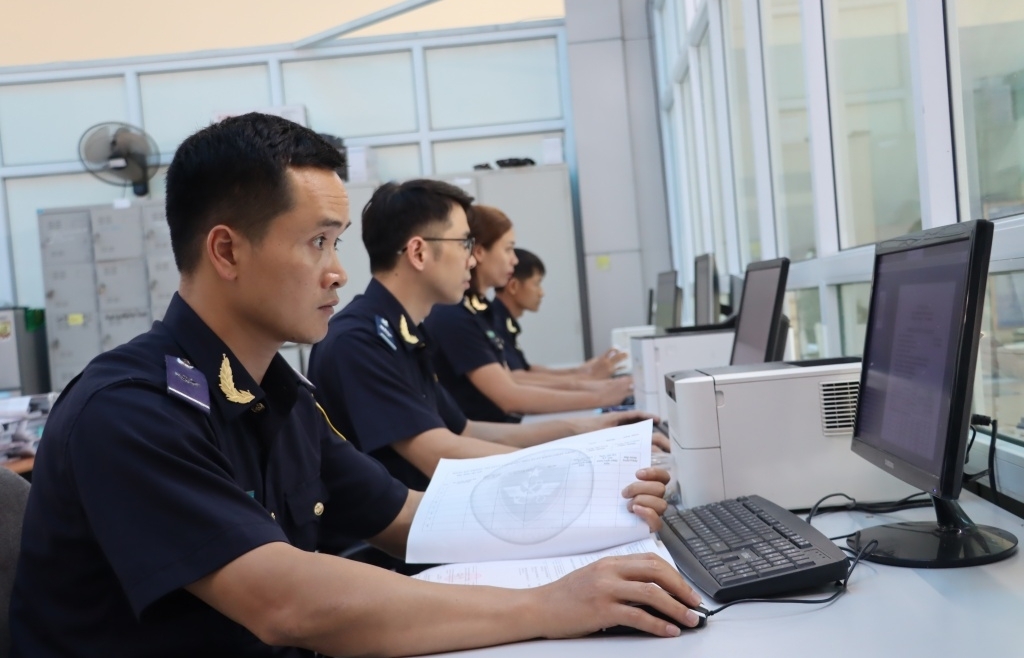
Cao Bang Customs Department collects over VND 940 Billion, achieving a 22% increase
23:00 | 31/12/2024 Customs
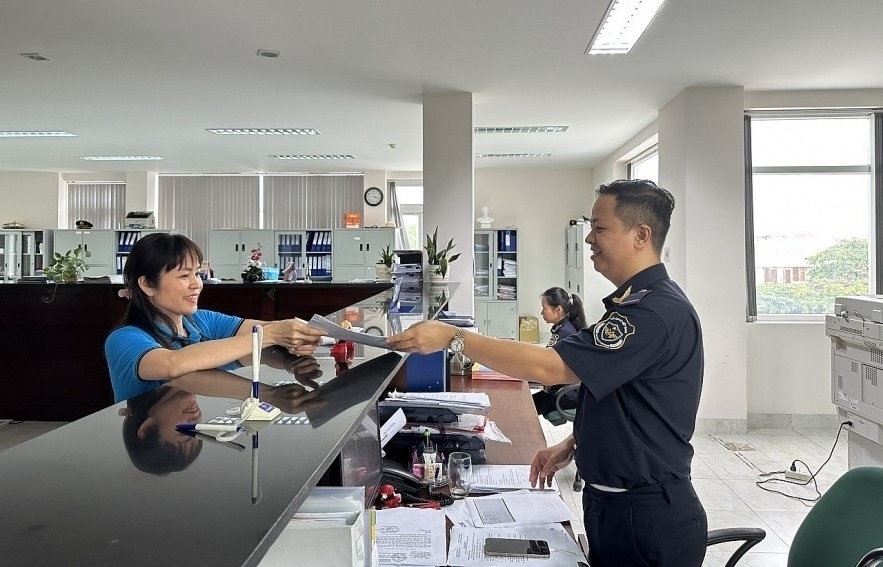
Ba Ria - Vung Tau Customs: A strategic partner in business success
22:00 | 31/12/2024 Customs
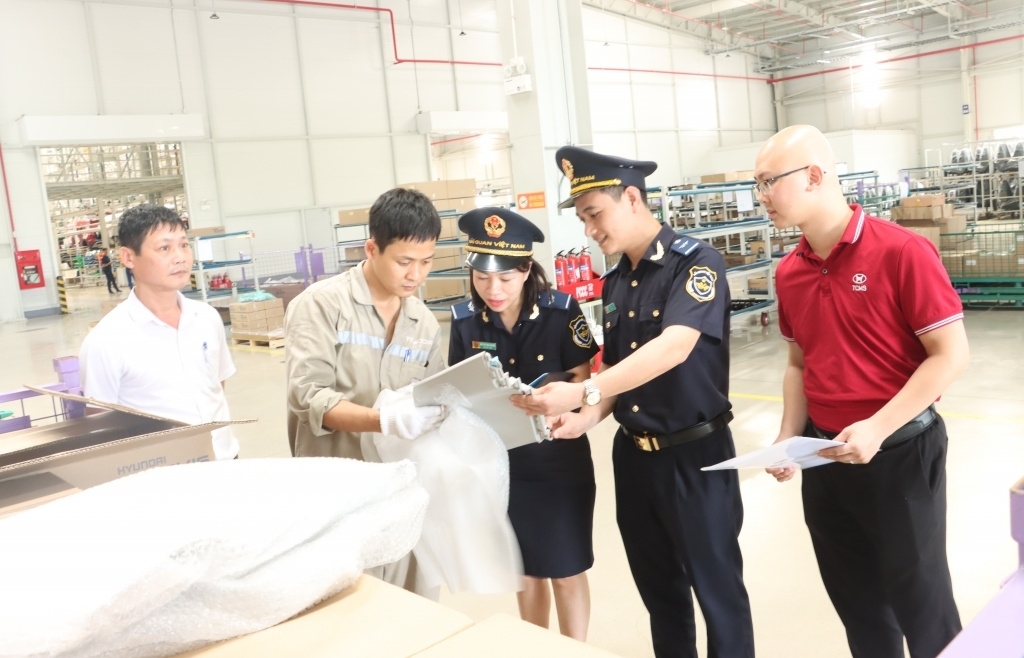
Challenges facing customs revenue collection in 2025
20:00 | 31/12/2024 Customs
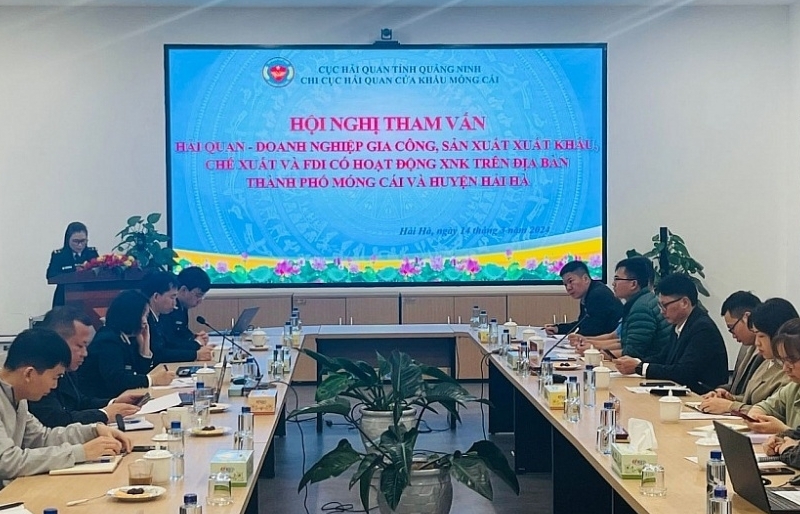
Quang Ninh Customs: making efforts to help businesses improve compliance
16:47 | 31/12/2024 Customs

Hai Phong Customs collects over VND87 billion from post-clearance audit
15:30 | 31/12/2024 Customs

Ho Chi Minh City Customs: Exceeded the state budget revenue target by nearly 100 billion VND
15:27 | 31/12/2024 Customs
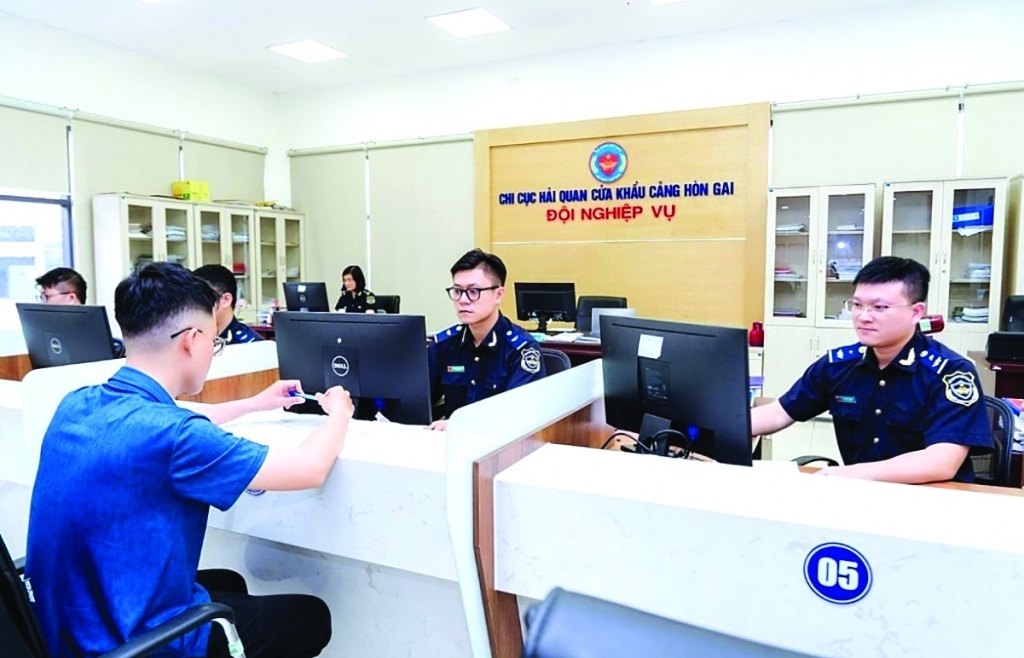
Modernizing Customs: From VNACCS to Digital Customs Part 2: The urgent need for a new IT system
07:55 | 31/12/2024 Customs
Your care

Da Nang Customs Department supports enterprises in developing Customs-Business partnership
13:07 | 09/01/2025 Customs

Lang Son Customs finds it difficult to collect and handle tax arrears
15:13 | 07/01/2025 Customs

Customs reduces VAT under Resolution No. 174/2024/QH15
14:53 | 06/01/2025 Customs

HCMC Customs: Outstanding performance across all operations
06:36 | 05/01/2025 Customs

Tackling revenue challenges: Dong Nai Customs Department’s strategic plan for 2025
14:28 | 03/01/2025 Customs
